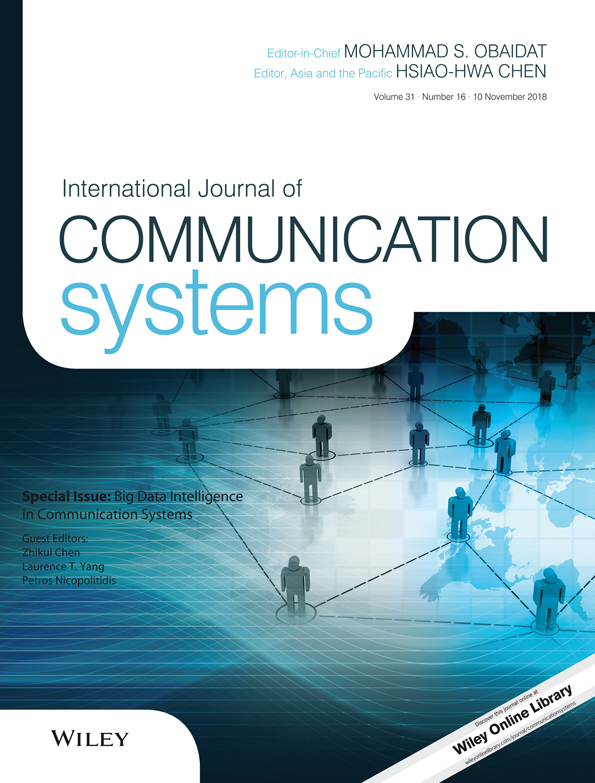Knowledge fusion based on the group argumentation theory in Web 2.0 environment
Summary
People can present their viewpoints on hot topics freely in the age of Web 2.0. But the different knowledge background and diverse perspectives of individuals lead to deficient description of things. Accordingly, how to integrate personal knowledge into collective knowledge in the environment of Web 2.0 and give a complete description of things is a burning question. Traditional knowledge fusion approaches cannot do well in structured representation of knowledge and quantitative calculation simultaneously and therefore cannot make knowledge fusion at an operational level. In this paper, we propose the knowledge element model to formalize the structured knowledge representation in Web 2.0 environment. On the basis of this, the cognition viewpoints of group members to something in Web 2.0 environment are abstracted into different knowledge element versions. Then, for the attributes on which members have divergences within all the knowledge element versions, the corresponding group argumentation tasks are designed. By utilizing the proposed consensus state model, whether or not the attributes belong to the knowledge element could be determined. And then, the attribute set of the knowledge element could be defined. Accordingly, knowledge fusion is achieved in the environment of Web 2.0. An experimental study demonstrates the viability and effectiveness of the proposed approach.




